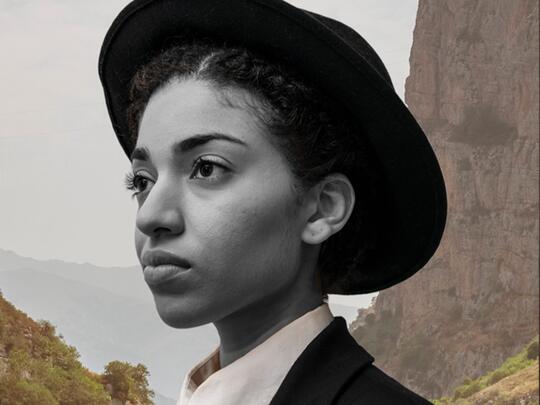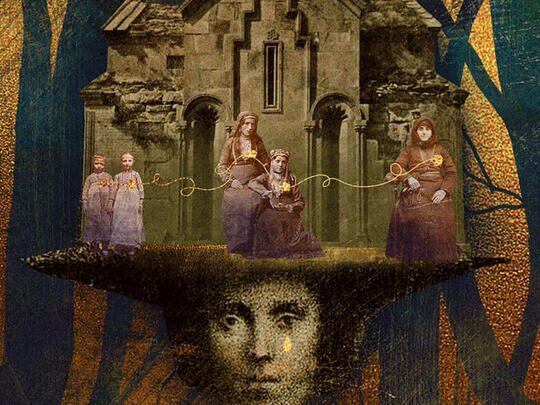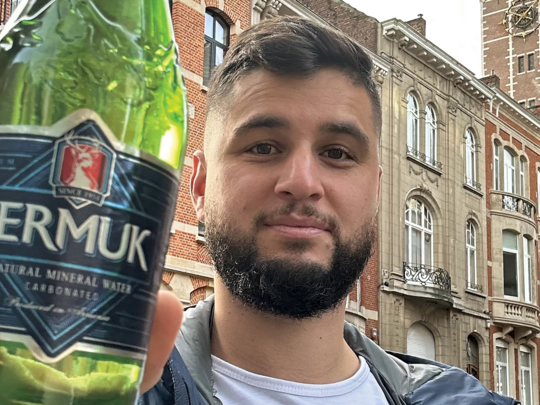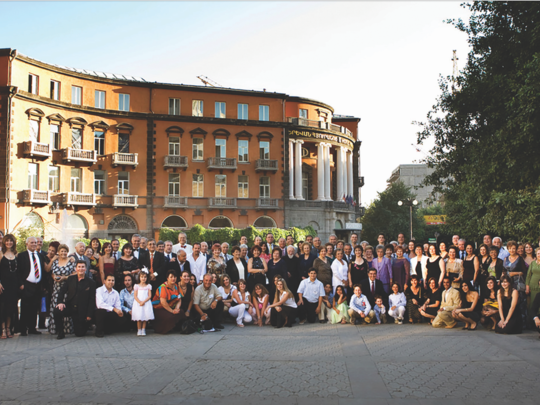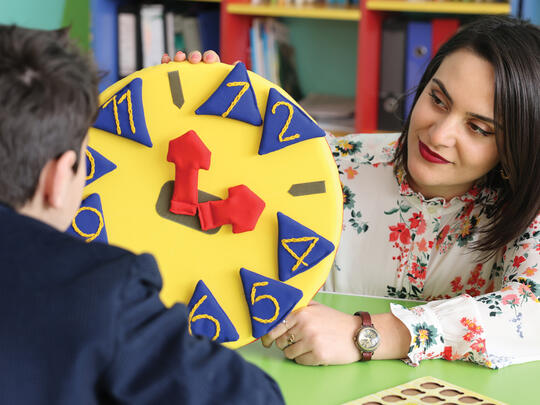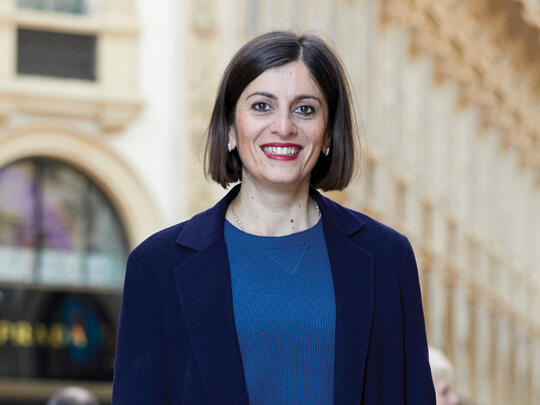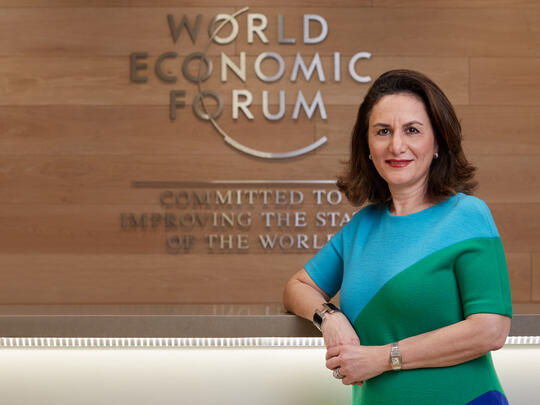
The Modernist
The artful life of pioneering mid-century designer and master weaver Ruben Eshkanian
He was brilliant in his color sensibility which really set him apart. He also took the bold step of weaving shapes and stitching them together, which was rare in those days.
Laura L. Constantine
Mid-century modernism, a design movement that emerged roughly from the 1930s to the 1960s, revolutionized various creative fields, including architecture, interior design, and the arts and crafts, particularly fabric and textile design. In a departure from pre-World War II conventions, woven objects and materials were characterized by their bold patterns, vibrant colors, and an emphasis on geometric shapes. Designers like Alexander Girard and Charles and Ray Eames played pivotal roles in shaping this distinctive style.
Yet there is one more designer who stands tall among the pioneers of the early 1950s, when the momentum for modernism took hold on a global scale, offering the masses a fresh alternative to the more ornate and classical forms of interior decor. His name is Ruben Eshkanian, a master weaver, fiber artist, and textile designer. The Armenian-American was born and raised in Detroit, Michigan along with his younger brother Richard, a prominent and highly-regarded painter and craftsman himself.
Their parents John and Sonia Eshkanian, whose ancestors made it to America by way of Istanbul and Cuba, brought them up to appreciate their Armenian roots. The boys took Armenian language classes and were comfortable about identifying as Armenian while assimilating into midwestern life as all-American artists. The brothers traveled mainly in non-Armenian circles with Ruben forging deep lifelong friendships with fellow artists with whom he had attended the highly prestigious Cranbrook Academy of Art graduate school in Bloomfield Hills, Michigan. He was also a living legend to his students at the Philadelphia College of Art, now called the University of the Arts (UArts), where he mentored new generations of designers in the craft of woven and textile arts.
Maria Nihoul is the daughter of Eshkanian’s closest friends Peggy and Eldridge Arnold, and knew him since she was born. She is an accomplished artist in her own right and considers Eshkanian an honorary member of the family and chose him to be the godfather to her daughter. After the death of her parents, she and Eshkanian remained close until his passing in 2016 at age 86.
She described him as a Buddha-like presence, who was somewhat introverted yet intensely charismatic, with an outstanding droll sense of humor and critical mind.
Recounting the main chapters in his storied career, she noted that, while Eshkanian was highly respected and admired in professional circles, he did not become a household name like a few of his contemporaries Jack Larsen, the Eames, and Florence Knoll. Nonetheless, Nihoul sang his praises as a unique talent who created breakthroughs in wall hangings that he painstakingly wove entirely by hand, even dying his own wool. “He was brilliant in his color sensibility which really set him apart,” explained Nihoul. “He also took the bold step of weaving shapes and stitching them together, which was rare in those days.”
She also remarked on how his many visits to South America informed his artistic choices. “He was particularly fascinated by indigenous cultures and returned to Peru often. He was influenced not only by its woven crafts but also its woolen appliques with more curvilinear shapes. He would bring back these pieces to the states and integrate them into his designs which were distinctive for their solid stripes of well-coordinated colors.”
Though his fine arts pieces have been sold at auction and displayed at design galleries, the young Eshkanian spent a good chunk of his early career as a commercial textile phenomenon. After completing his graduate work, he was recruited by the Knoll textile company—a high-end brand that played a key role in shaping modernist sensibilities in home and commercial decor and which sells only to the trade. Many of its designs, including those created by Eshkanian, can be seen in iconic pieces of furniture and interiors.
After accumulating a wealth of practical knowledge and professional expertise, Eshkanian spent the next chapter of his life as a teacher and mentor at the renowned Philadelphia College of Art, a most gratifying experience for him as well as his students.
He was a beloved member of the faculty for many years but eventually decided to return to his own personal development as a weaver. He purchased a barn in Redding, Connecticut, an artist’s community in which he could draw from and give inspiration to his peers. Unfortunately, setting up a loom, which could take up an immense space and was an intricate challenge to assemble, delayed his plans. Putting off the task, he instead turned to his other great passion in life—the culinary arts. An accomplished cook, he was influenced by his mother who lived with him in her later years and was known for her perfectionistic renditions of Armenian delicacies and authentic dishes. Eshkanian enjoyed entertaining at home where his guests could not only enjoy a fabulous feast but also a private tour of the array of eclectic collectible fine furniture pieces and art objects that appealed to his impeccable eye.
During his final years, Eshkanian took the advice of his dear friends from Sweden who were living in Muncie, Indiana and moved there to be closer to them. He purchased a dream cottage in the woods and filled it with all of his favorite things, basking in the material comforts of gracious living. He was the ultimate arbiter of his own well-appointed life, in which aesthetics was his first language and creativity his core identity.
Despite all the ties he had made with his self-made family members, Eshkanian bequeathed his entire estate to AGBU with an endowment in the name of Ruben and Richard Eshkanian.
This article was featured in the 2023 release of AGBU Impact Magazine. For more information on the AGBU Global Relief Fund, click here.






